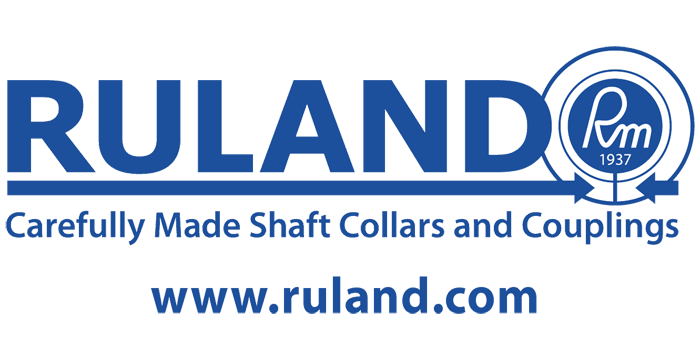Many environmental considerations affect coupling selection. There is moisture, chemicals, and vacuum, to name a few. The different types of motion-controlled couplings have a different capability in handling different environmental considerations. You want to know moisture level, any chemical presence or if you’re dealing with a vacuum and you don’t want any outgassing, that’s an important consideration. But two critical, and occasionally overlooked, factors are vibration and temperature. These possible complications need to be addressed along with other considerations.
Bobby Watkins Vice President of Sales for Ruland manufacturing uses the following examples to illustrate the point.
“We had an aerospace customer using a coupling to control aperture on a telescope, and they needed a coupling that could survive not only the vibration of takeoff, but also the vacuum of space, extreme temperatures, and no outgassing. We came up with an Oldham type coupling with the hubs were 316 stainless steel and the Oldham disc was made from PEEK. This is an extreme example of an environment that required special consideration.
Here’s an example of a temperature sensitive application. We had a medical customer that made autoclaves, and they needed a coupling that could survive the high temperatures for short intervals. Again, there was a bellows coupling that was originally selected that was having failures because the temperature of the autoclave was higher than the temperature rating of the epoxy, and the bellows couplings were falling apart. The hubs were falling apart due to epoxy failure. This is another one that we solved using an Oldham coupling with a PEEK disc.”
Ruland Manufacturing
www.ruland.com
